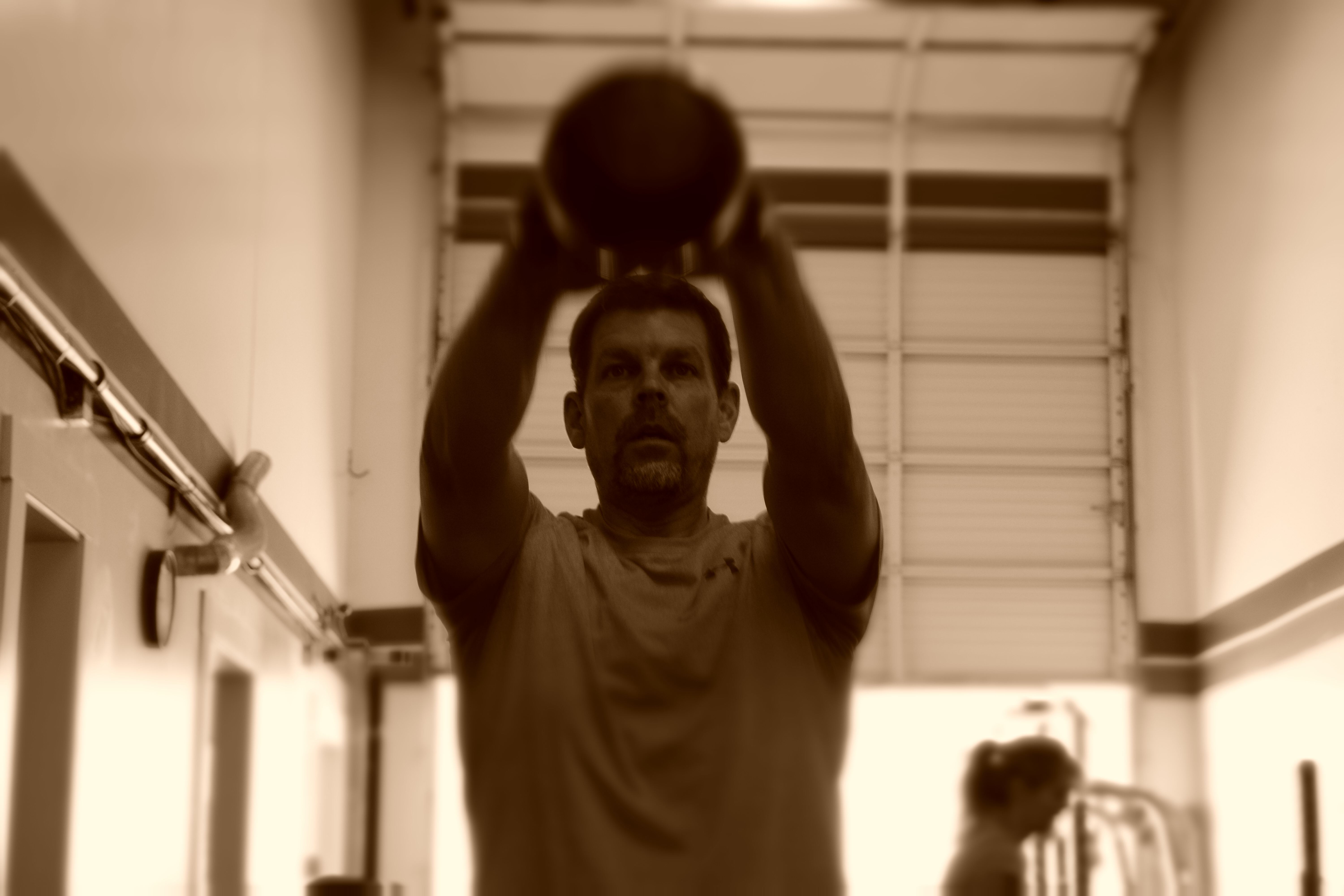The Kettle Bell swing, it is an outstanding exercise, one that we feel could potentially be a game changer when it comes to; improving athletic performance, weight loss, or just getting you closer to that goal of becoming sidewalk-cracking beast.
The KB swing may look simple, and while man (men) claim to be proficient at the hinge movement, it is not quite that simple to execute.
Before getting started, we wanted to let you know that we do not claim to be KB experts, nor are we swing experts, but we do know a thing or two about movement and how it should be coached.
The KB swing is a hip dominant movement, much like the king daddy, The Deadlift that we wrote about a few weeks ago! Check that article out HERE.
The KB swing, when done properly, can produce great explosive power from the hips, help increase muscular endurance, and promote spinal stability.
Here are a few things you can do to clean up your swing:
— It is a swing, not a squat. Let’s get this out of the way now… A KB swing, is not, should not, and never will be, a squat. If you are squatting your swing, you are doing a squat, with a front raise.
Many people make the mistake of “breaking” with the knees first, turning it into more of a squat pattern. For a swing, you want to hinge with the hips first.
Allow the KB to be an extension of your arms, all the power produced from your hips is going to propel the KB up and away from your hips; think pendulum motion.
Hip Hinge = Maximal hip bend – Minimal knee bend
Squat = Maximal hip bend – Maximal knee bend
— Attack the groin. “Attack the groin” is referring to keeping the kettle bell close to your body and away from the ground at the bottom part of your swing.
The closer the kettle bell is to the ground, the further it will be from your centre of mass, meaning the more sheer force loading on your back. Think of holding a weight close to your chest, now push it out away from you, which is harder?
We want to stay compound within our movement, while still beyond mobile and powerful – think fluid. “Be water, my friends.” – Bruce Lee
— Timing… don’t break too soon. A common mistake we see is when people “break” at the hips before the KB has come close enough to the hips. Try and absorb the KB as it comes into the hips. Think of it as “loading the hips” and then blasting through, leading from the hips.
Breaking at the hips too soon, will cause the KB to have to “catch up” with your hips, meaning they are not flowing in sync (Bye Bye Bye). If the KB has to catch up with your hips, this means that your hips will simply be “waiting” for the KB at the end point of the movement which will require a lot of strength to corral the KB. This will put a lot of sheer force on the body, mainly the lower back to help absorb the impact.
For more information, take a look at the 3 minute video below:

